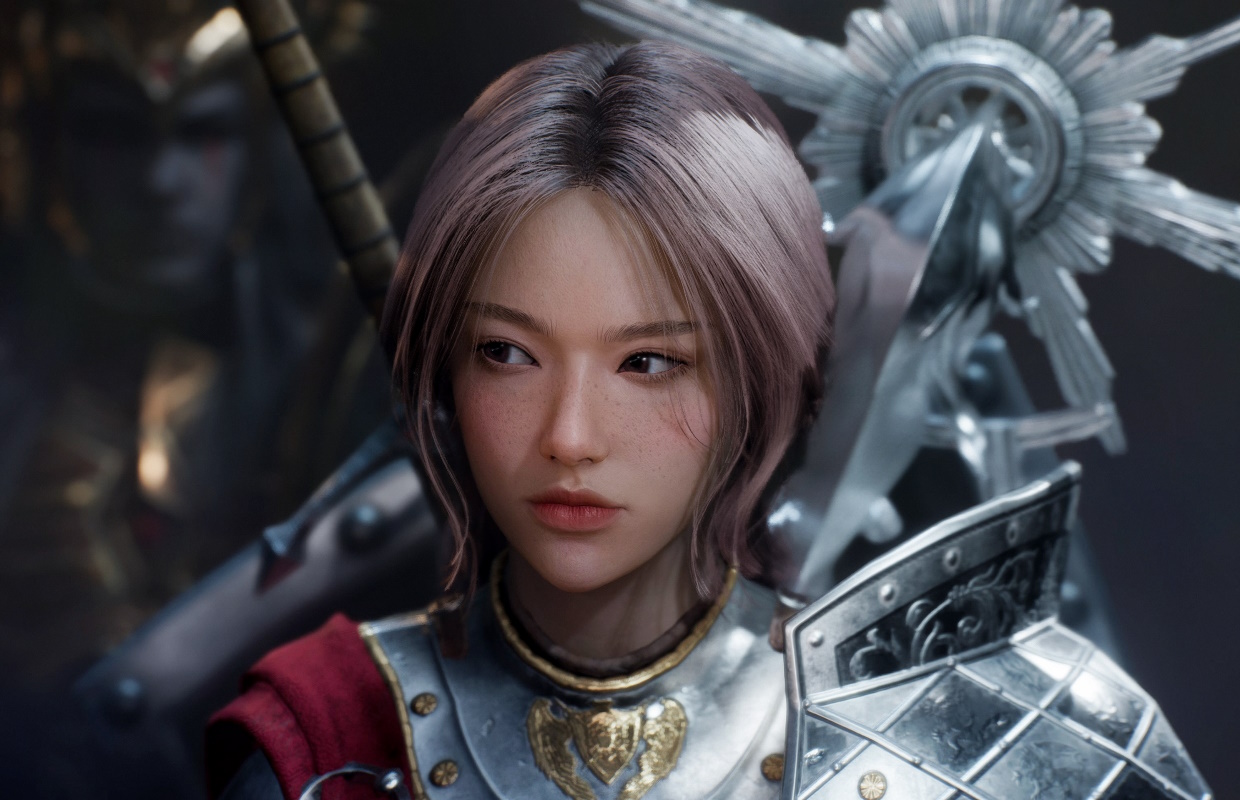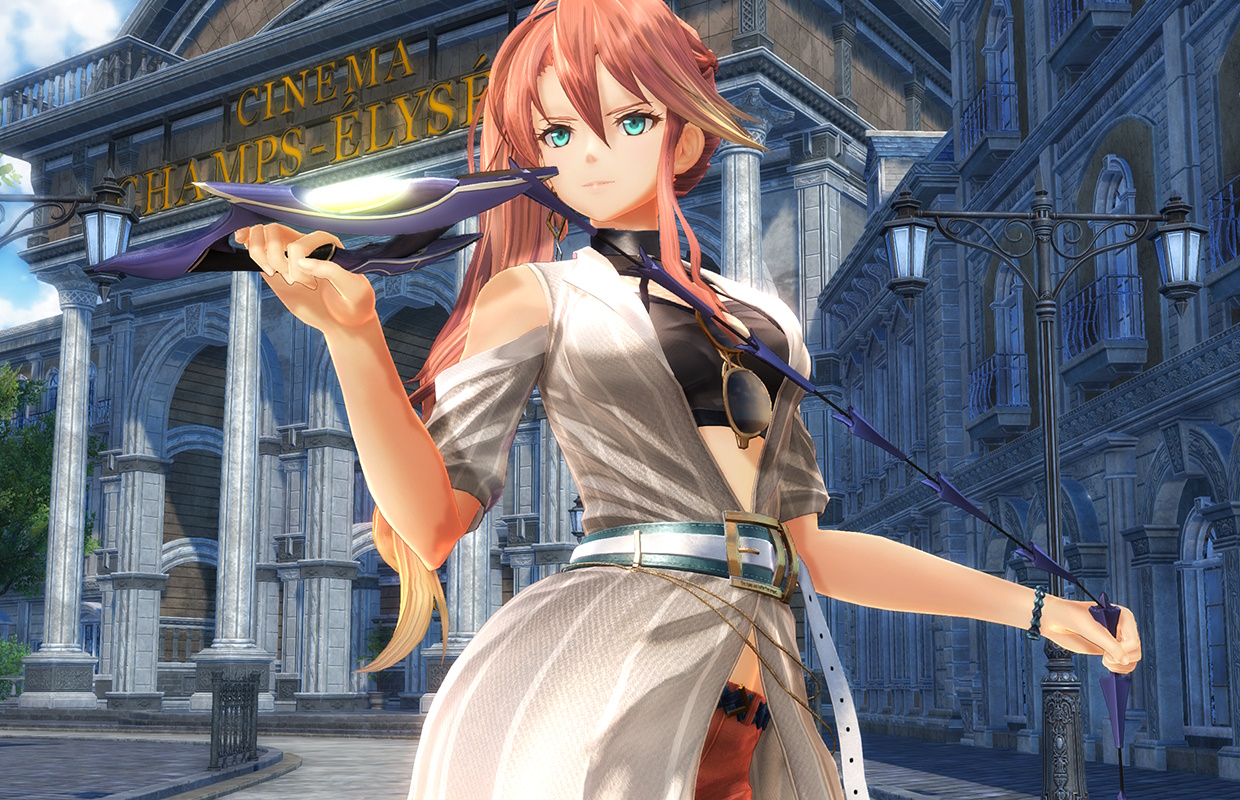Welcome back to Branching Path, where we float a little outside our mission statement, and today we’re taking a look at a newly released horror title: Crow Country — a title that released at just the right time, in my opinion, as our industry continues to contract.
Advertisement. Keep scrolling for more
Caw Caw Caw
It is no secret that the gaming industry is in turmoil at the moment, at least when it comes to big titles and big publishers. Many of us are still trying to deal with the fact that Xbox decided to close down several studios, including horror game developers Tango Gameworks and Arkane Austin. Yes, Prey does indeed fall within that horror archetype, even if it leans more action-shooter than anything. A Nightmare rounding the corner and chasing you qualifies as a horrific experience, I think.
But Tango Gameworks? The Evil Within is genuinely one of my favorite horror game series, warts and all. Playing through both games back-to-back is an excellent exercise in examining game design evolution — and while outside the scope of this article, it is absolutely worth diving into in greater detail. Those studios are dead now, however, and the likelihood of seeing a Prey 2 or a The Evil Within 3 is not great.
This C-Suite tendency to reduce risk to nothing, axing great studios and all of their developers for the sake of making some line on an Excel spreadsheet go up, is devastating to the gaming ecosystem — which is why we need more games like Crow Country. Granted, what we really need are unions and for certain executives to be replaced, but y’know. It’s easy to get nihilistic at the state of the industry, but when games like Crow Country come around, it reminds me that you can’t crush art as easily as corporations would like you to think.
Let’s connect the dots.
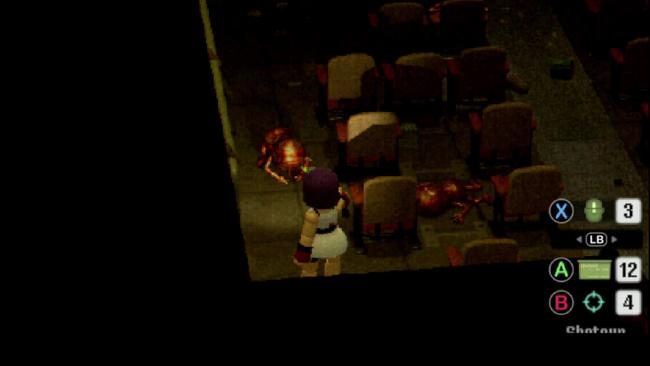
Staring Into The Flames
Advertisement. Keep scrolling for more
Crow Country is a 3D survival horror game (or puzzle-adventure, depending on your difficulty settings — more on this later) with PS1-style graphics and inspiration traceable to games like Resident Evil, Final Fantasy 7, and Parasite Eve. You’ll notice two of those games listed are RPGs, one in the traditional sense and one…that we kinda have to stretch a bit for.
You control Mara, a young girl who arrives at an abandoned theme park named Crow Country. Mara’s reasons for being there are not immediately apparent aside from needing to speak with the proprietor of the park, a Mr. Edward Crow. You have a handgun, a slight attitude, and a goofy FF7-style character model.
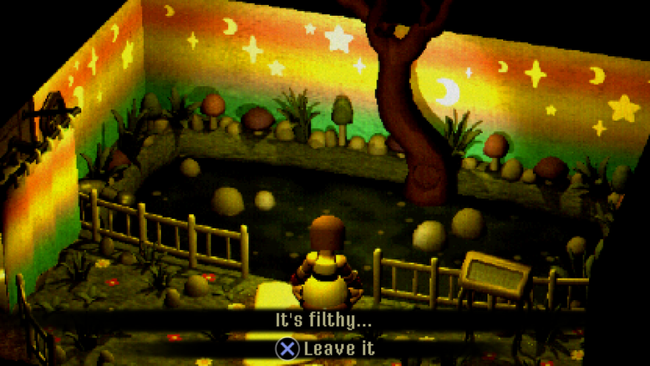
There are no stats to level up, but there are meters to manage in health and ammo. You can add to your stockpile of useful items, unlock new weapons, or new upgrades by paying attention and solving puzzles. There are characters to meet, a variety of enemies to defeat (or run past), and a pretty neatly contained story that is satisfyingly told in the span of about five to six hours for a first-time playthrough.
The game map is broken up into four primary areas, with four smaller side areas and an underground region as well, and the player spends more than a fair amount of time backtracking — not just to solve puzzles, but also to find secret items. Each time you meet a certain progression point, new enemies spawn in areas you’ve already visited, but they don’t replace existing enemies, they simply add to the count. This makes taking the monsters out (as resources allow) pretty important.
While it may be easier to simply look at it and go “Yup, that’s a Resident Evil-style indie game,” there’s a lot more to appreciate beneath the surface. SFBGames has taken pretty extraordinary pains to ensure that you’re playing something that learns and expands upon the survival horror games that came before.
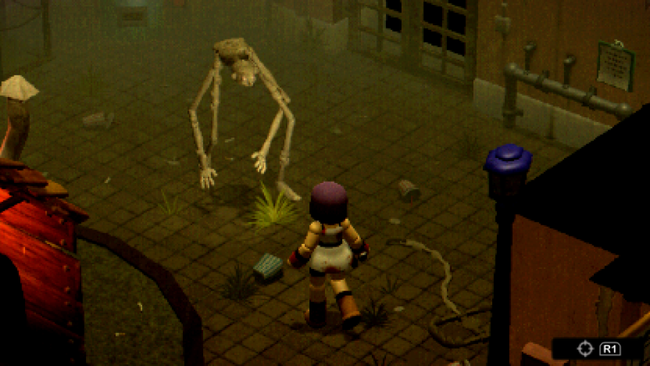
A Curious Mixture of Hope and Dread
Most of the spaces you’ll be backtracking through are wide enough to allow for unimpeded dodging and running away. The expectation is that if you choose to save your ammo for later, you will end up having to expend that ammo at some point — but this isn’t actually true. For example, there are four mini-bosses in the game, and as far as I can tell, all four can technically be run away from.
This requires a bit of tricky work for some of them, of course. The final miniboss, for example, locks you in a room with a screen that tells you to step on panels in a specific order to unlock the door. Of course, when you do so, the door opens extremely slowly, requiring you to dodge your pursuer until you can squeeze past. In fact, the only enemy that seemingly requires violence would be the final boss, although I didn’t check for alternate win conditions.
Advertisement. Keep scrolling for more
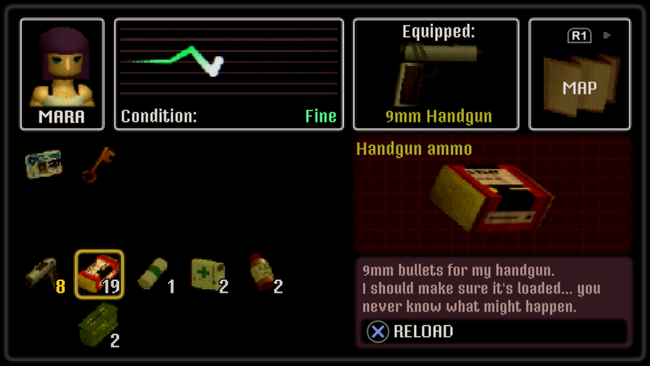
This assumes that you’re playing the Survival Horror game mode, of course. Crow Country allows you to start the game in either Survival Horror mode, which spawns enemies, and Exploration mode, which removes the danger and turns the game into more of a mystery puzzle game. At first, this was a little confusing, but it does make sense — many people who want to play horror games don’t necessarily want to be “scared”, they want to experience the story.
That isn’t to say that the Survival Horror mode is scary, however. There are definitely a few times that I got spooked, but most of the time the enemies you’re facing can be seen before they aggro onto you. Even when they do start chasing you, you can often just run until they’re off-screen and they’ll lose interest.
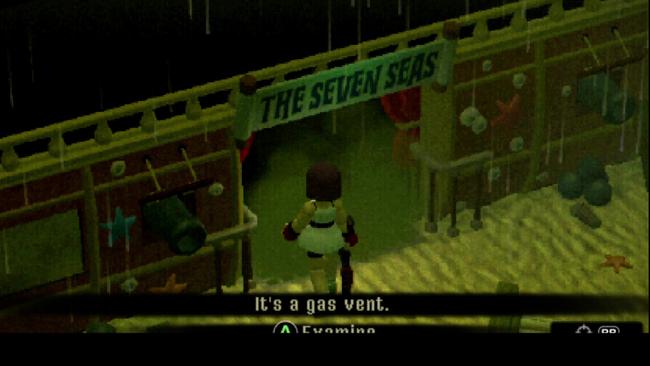
Maybe Everything Will Be Okay
Crow Country rewards the player for paying attention, even when backtracking through areas you’ve already cleared. None of the items you can pick up are highlighted (though some of the objects are tinted slightly differently, such as notebooks and file folders). This means that small objects like grenades and antidote vials can be tricky to spot in the background. There were a few times that I backtracked through an area that spawned more enemies and discovered a new item. I’m still not sure if I just missed it the first time around or if the game spawned it after a checkpoint.
The reason I’m not sure is that the game does spawn in new pickups, but these are often traps that explode when you interact with them. The only way to tell the difference is to locate the front of the item, and if it has a purple sprite, it’s a bomb. Clever, but also a little annoying when you’re surrounded by enemies, low on ammo, and spot a trap box of handgun rounds from behind.
The enemies are varied enough to cause a little bit of chaos when you get surrounded, but you eventually learn how best to deal with each type. For example, the big hulking monstrosities are easy to run past (or run around), but the tiny baby creatures are very fast and very persistent, so you may want to prioritize those. The design of the enemies is top-notch as well, each Guest (as they’re labeled in-game) is strikingly horrifying to look at.
I’d be remiss if I didn’t mention the music and ambiance. The tone is set from the get-go, with a MIDI-style crow call that gets more and more distorted and garbled as the game progresses. Each zone has its unique ambiance or track that distorts or changes as enemies populate, but if you clear them out, the music returns to normal. It’s excellent, there’s no other way to put it — I was on edge every time I loaded into a zone I previously cleared only to hear distorted music.
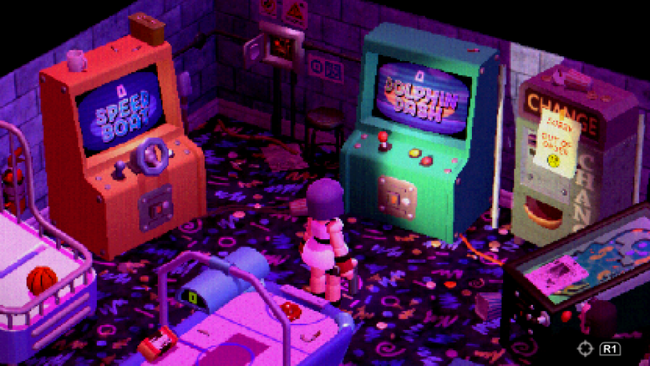
Advertisement. Keep scrolling for more
And Maybe It Won’t
Crow Country does suffer from a few problems. The aiming is extremely finicky, and I feel could have benefited from a more Resident Evil or Parasite Eve-style lock-on system. You not only can aim left and right, but also up and down. This makes sniping small pustules or breaking item bottles possible, but when you’re in the thick of it and have to aim up at a creature that towers over you (but also has a really skinny body), well, you end up missing more than a few shots. This is more of a “get gud” scenario than anything, however.
The “hidden in plain sight” thing for treasures and weapons is a good feature, but sometimes things are hidden a little too well. There’s a secret in the Haunted Hill main hallway somewhere that I cannot find. I spent an hour scouring over the entire map where the object might be and could only find one interactable, which was a puzzle solution to something else entirely. There may be a hint in a file folder somewhere else, but I hadn’t found it, so the treasure remains undiscovered.
Finally, and this is purely opinion, but I think the enemies could stand to be a little more aggressive in Survival Horror mode. Being able to flee from everything might be an intentional design choice by the developers, but it feels a little too safe. Aside from one specific enemy type, the rest are simply too slow to do anything unless I get cornered.
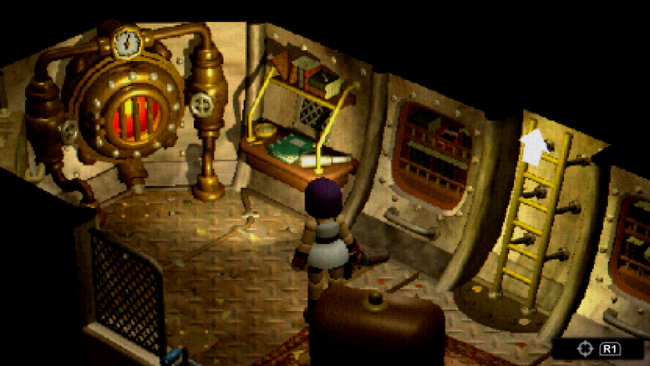
All of this is to say that Crow Country is an excellent experience well worth your time, even if you’re not a fan of horror games. The Exploration Mode turns the whole thing into an unsettling puzzle game, and the ambiance is spooky enough to warrant turning out the lights and huddling under a blanket, but not horrifying or overly reliant on jumpscares (there are three that I could remember, four if you count a non-enemy.)
We need more games like this. We need smaller studios and teams to continue to express their creativity, to work on their craft without worrying if the rug is going to get pulled from under them by someone who has entirely too much money. Developers deserve to be able to create their games in relative peace, whether they be indie, AA or AAA (sorry Ubisoft, AAAA is not a thing.) The responsibility of that sits with those who hold power, and they have abdicated that responsibility too many times to count. For now, players can take solace that games like Crow Country will continue to get made by independent artists, and hopefully inspire future developers to work on their own projects.
Crow Country is now available on Steam, PlayStation 5, and Xbox Series X|S.



